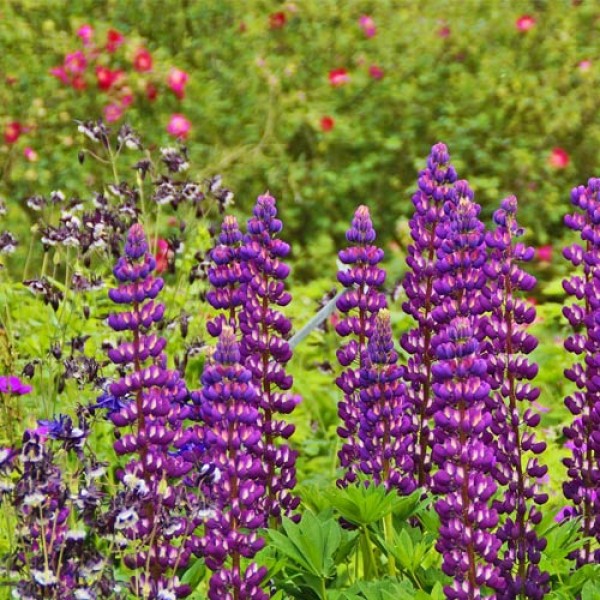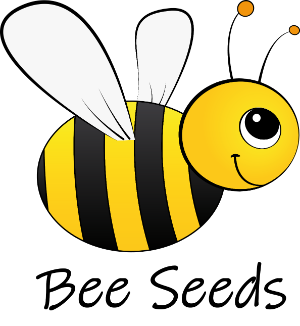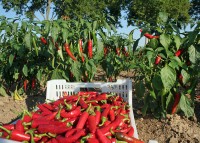
Wild Flower Bed
The Wild Flower Bed in Your Own Garden
Wonderful, versatile, colourful - planting a wild flower bed in the garden is not only a colourful experience for the garden owner, it is also a gift for insects.
Because many flowering species are food sources for bees, bumblebees, butterflies and other micro-organisms.
More About the Wild Flower Bed:
The location will determine the choice of plants later, and there are no limits to the fantasy of the shape. Whether round, oval, square, in different levels or even as a planting snail, the possibilities are endless.
However, the structure of a wild flower bed is always the same:
The large leading flowers are the dominant point here and are mostly planted centrally or sporadically as eye-catchers. The companion plants and cover plants are grouped together and make the overall picture harmonious and colourful.
If you plan the wild flower bed with seeds, you should carefully observe the sowing times and take into account the size of the flowers that will be planted, otherwise the harmonious picture can quickly be disturbed.
How do you create a wild perennial bed?
- First you need to define the size and shape of the bed in the garden.
- buy seeds or plants for the bed
- Before planting or sowing, always loosen the soil and remove existing roots, grass and weeds.
- If you are working with seeds, you must pay close attention to how large the later plants will be and whether they are seen as leading perennials or companion and blanket perennials.
- If the bed is next to a wall or a fence, the leading perennials should be placed at the back, as they will grow the largest.
- If the bed is round, the leading perennials should be placed in the centre.
- The perennials that cover the whole area should always be placed at the edge of the bed, as they do not grow tall.
- The wild perennial bed generally needs little care; it should only be pruned back in the following spring, as the withered flowers and the like can be used by insects as winter quarters.
The following plants are suitable as leading perennials:
- Large-flowered mullein
- Yarrow
- Monkshood
- Common columbine
- Diptam
- Viper`s bugloss
- Mallow
- Foxglove
- Delphinium
- Knotless grass lily
The following are ideal as companion perennials
- Cranesbill
- Bellflower
- Whirligig
- Common knapweed
- Cuckoo campion
- Meadow sage
- Horn Clover
- Pigeon Cabbage
- small order gennig
- Garlic Ragwort
- globe leek
- Starthistle
The following perennials are most commonly used as cover crops:
- stone queda
- Adonis rose
- Creeping günsel
- Wild garlic
- Wood anemone
- Dyer`s chamomile
- Stone fern
- Golden aster
- Thyme
- Cranesbill
- Forget-me-not
- Vinca
- Ribbon flower
- Star moss
- Fairy flower
- Prickly pears
Complementary ground cover for the border:
- Günsel
- Wild strawberry
- Lady`s mantle












